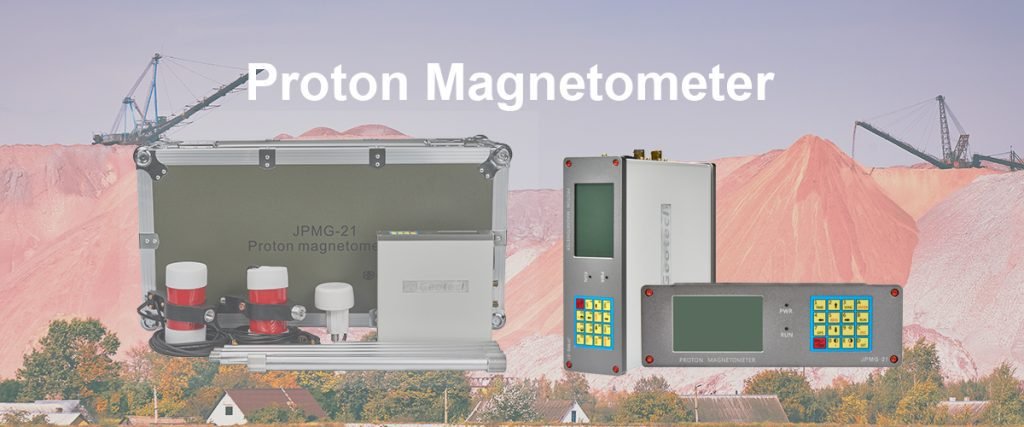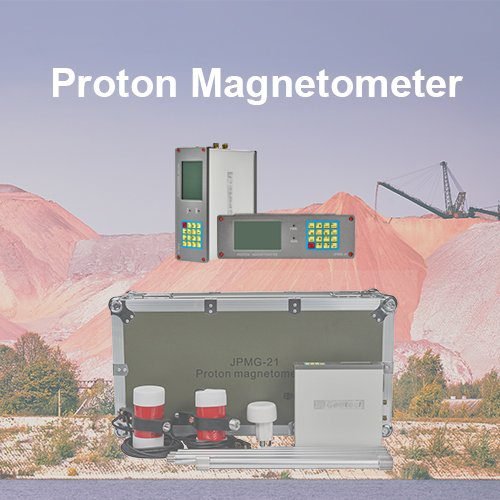Welcome to Geotech!

Portable Magnetometers: Design Innovations & Field – Ready Benefits
TIPS:Portable magnetometers, including proton magnetometers, transform magnetic measurement. Their lightweight and easy – use design meets field and industrial needs. Discover their innovations and benefits here.

Ⅰ. Introduction
In the realm of geological exploration and precision magnetic measurements, the high-resolution magnetometer stands out as a crucial tool. This advanced instrument is designed to capture minute magnetic field variations with exceptional accuracy, making it indispensable for detailed geological surveys, archaeological digs, and various high-end applications.
Ⅱ. Key Technologies for Resolution Improvement
1. Advanced Sensor Design
Modern high-resolution magnetometers feature cutting-edge sensor technology. These sensors are engineered to detect subtle changes in magnetic fields, providing detailed data for precise mapping. The use of materials with high magnetic sensitivity and low noise characteristics ensures optimal performance.
2. Noise Reduction Techniques
Enhancing the signal-to-noise ratio is vital for improving measurement resolution. Advanced magnetometers employ noise reduction techniques such as active shielding and digital filtering. These methods minimize interference from external magnetic sources, allowing for clearer and more accurate magnetic signal detection.
3. Data Processing Algorithms
Sophisticated data processing algorithms play a crucial role in enhancing measurement precision. These algorithms can correct for instrumental errors, compensate for environmental factors, and extract meaningful information from raw data. Techniques such as Fourier analysis and wavelet transforms help in identifying and isolating magnetic anomalies.
Ⅲ. Applications in Detailed Magnetic Field Mapping
1. Geological Exploration
High-resolution magnetometers are extensively used in geological exploration for identifying mineral deposits, mapping geological structures, and understanding subsurface features. Their ability to detect fine-scale magnetic anomalies allows geologists to create detailed maps of the Earth’s crust, aiding in the discovery of valuable resources.
2. Archaeological Research
In archaeology, these instruments help uncover hidden structures and artifacts without invasive excavation. By mapping small-scale magnetic features associated with human activity, archaeologists can gain insights into ancient settlements and cultural practices.
Ⅳ. High-End Applications and Technological Advancements
1. Environmental Monitoring
In environmental monitoring, high-resolution magnetometers are used to track changes in magnetic fields caused by natural phenomena. This helps in studying and predicting events like volcanic eruptions and earthquakes.
2. Engineering and Construction
For engineering projects, these magnetometers ensure the safety and stability of constructions by detecting underground utilities and geological hazards. They provide precise data for planning and executing large-scale infrastructure projects.
Ⅴ. Conclusion
The high-resolution magnetometer is a powerful tool that significantly enhances the precision and detail of magnetic measurements. Its applications span across geological exploration, archaeological research, environmental monitoring, and engineering. As technology continues to advance, high-resolution magnetometers will play an increasingly important role in unlocking the secrets of our planet and supporting various high-end applications.
Reference
- Society of Exploration Geophysicists (SEG) https://seg.org/
- Society of Environmental and Engineering Geophysicists (EEGS) https://www.eegs.org/
- Geology and Equipment Branch of China Mining Association http://www.chinamining.org.cn/
- International Union of Geological Sciences (IUGS) http://www.iugs.org/
- European Geological Survey Union (Eurogeosurveys) https://www.eurogeosurveys.org/
-1.png)



